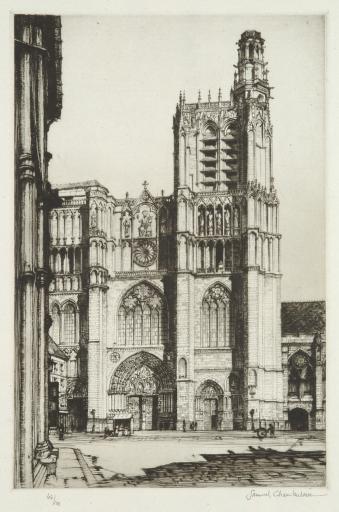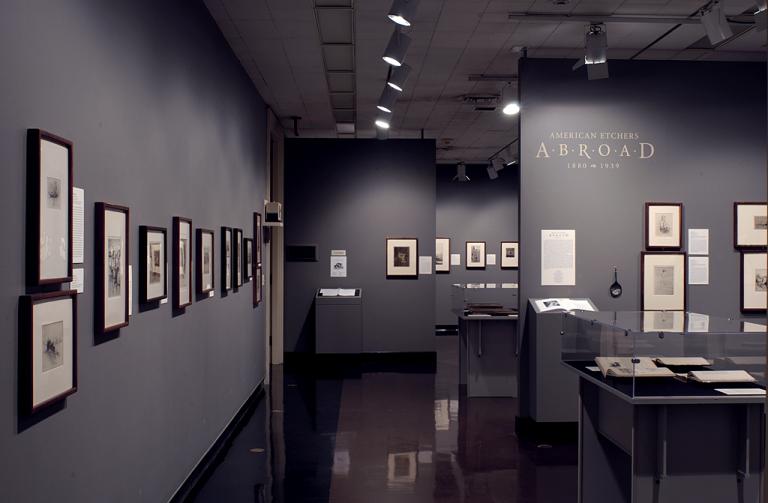Cathedral of Sens, Samuel V. Chamberlain
Artwork Overview
Samuel V. Chamberlain, artist
1895–1975
Cathedral of Sens,
1930
Where object was made: France
Material/technique: drypoint; etching; laid paper
Dimensions:
Image Dimensions Height/Width (Height x Width): 273 x 181 mm
Image Dimensions Height/Width (Height x Width): 10 3/4 x 7 1/8 in
Mat Dimensions (Height x Width): 19 x 14 in
Image Dimensions Height/Width (Height x Width): 273 x 181 mm
Image Dimensions Height/Width (Height x Width): 10 3/4 x 7 1/8 in
Mat Dimensions (Height x Width): 19 x 14 in
Credit line: Museum purchase
Accession number: 1972.0269
Not on display
If you wish to reproduce this image, please submit an image request



